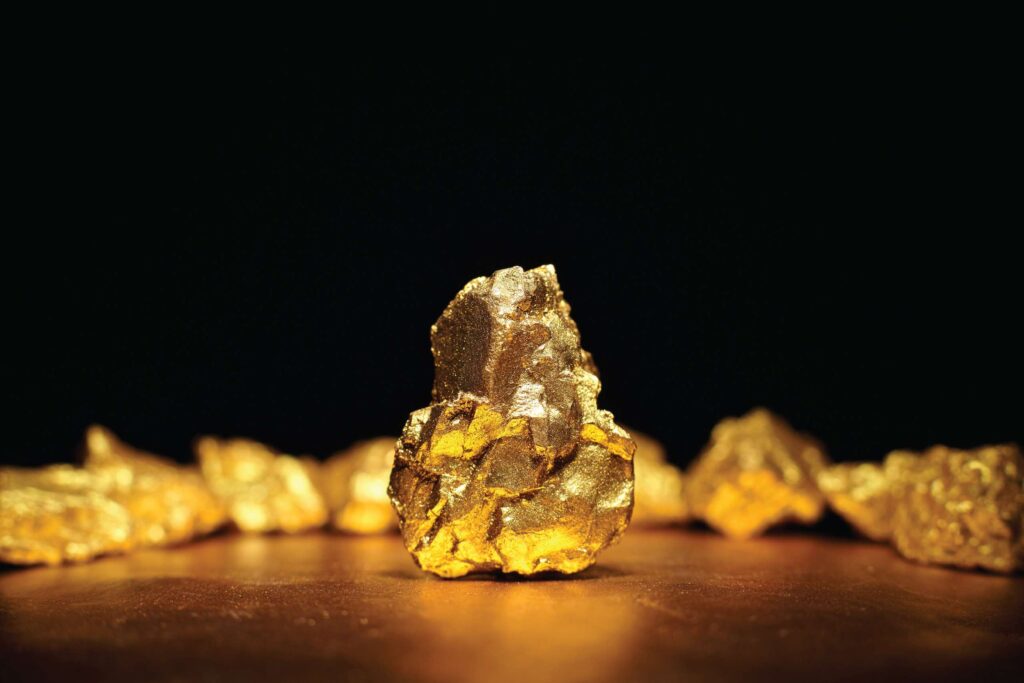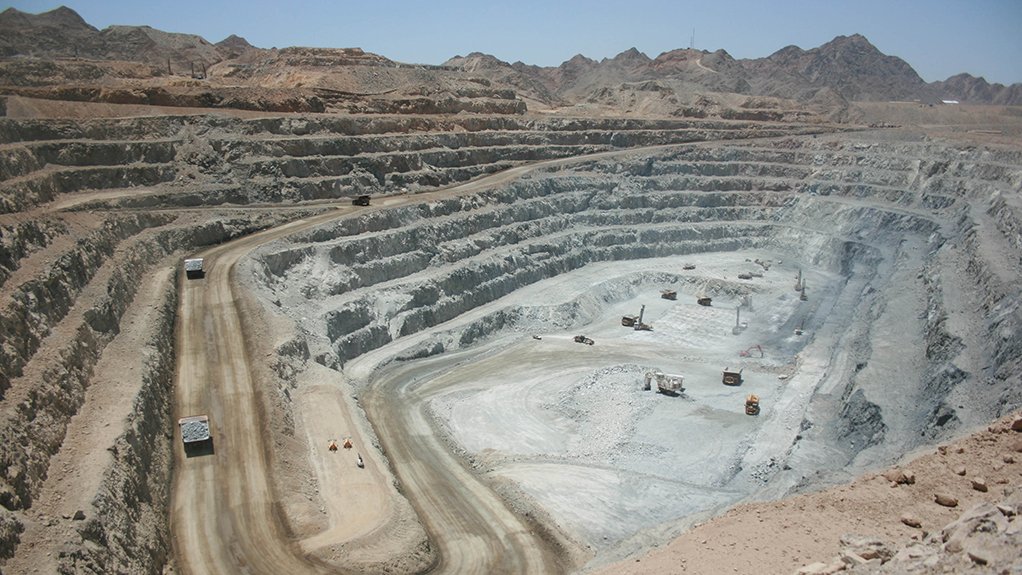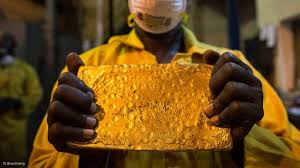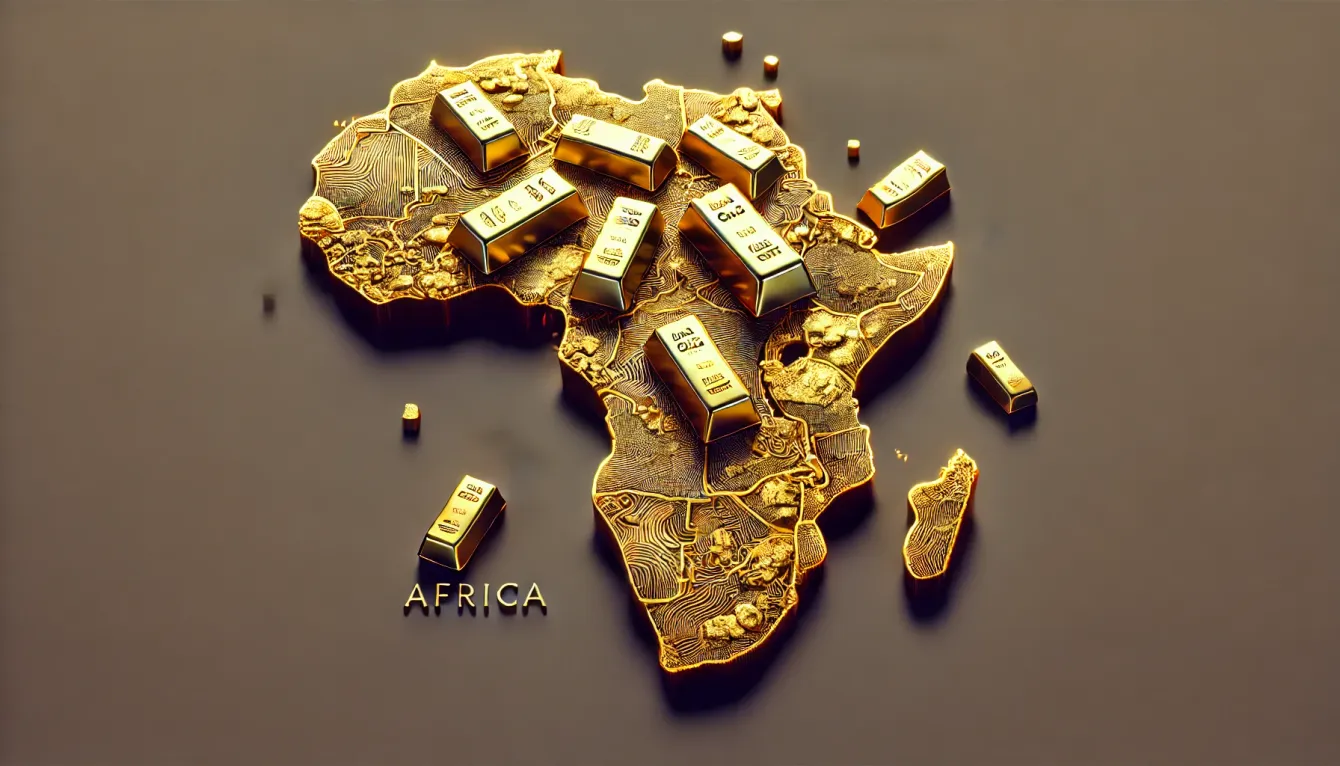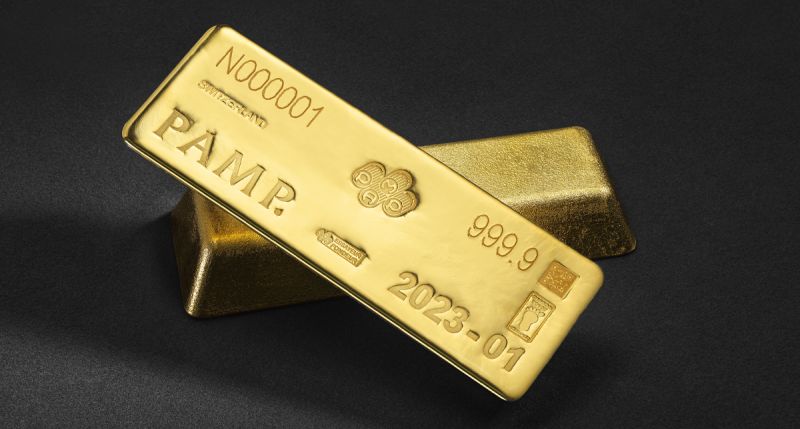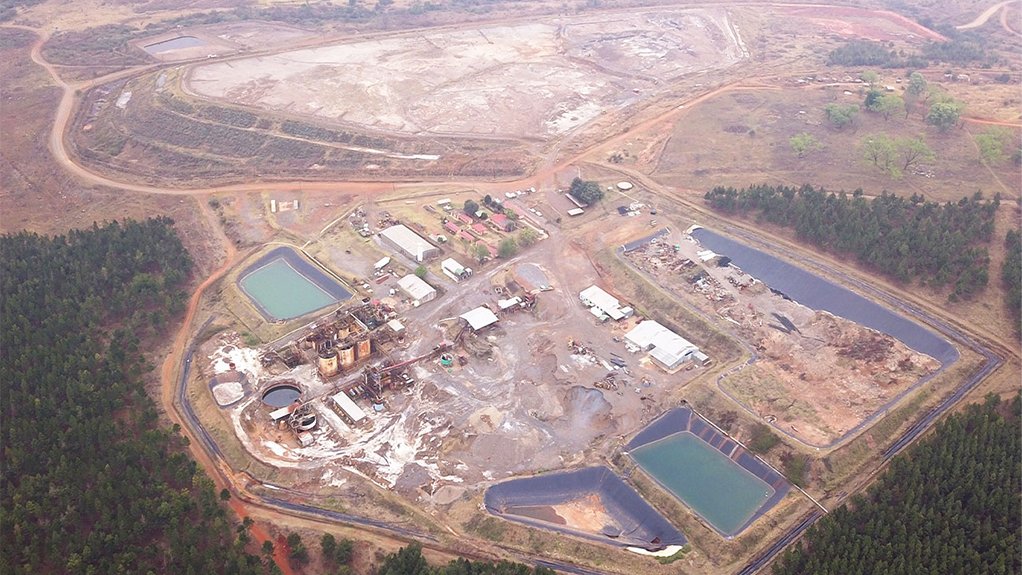Precious Metals

Dubai 24-carat gold prices climb to AED496.5 as global rates ease below $4,100 on stronger dollar
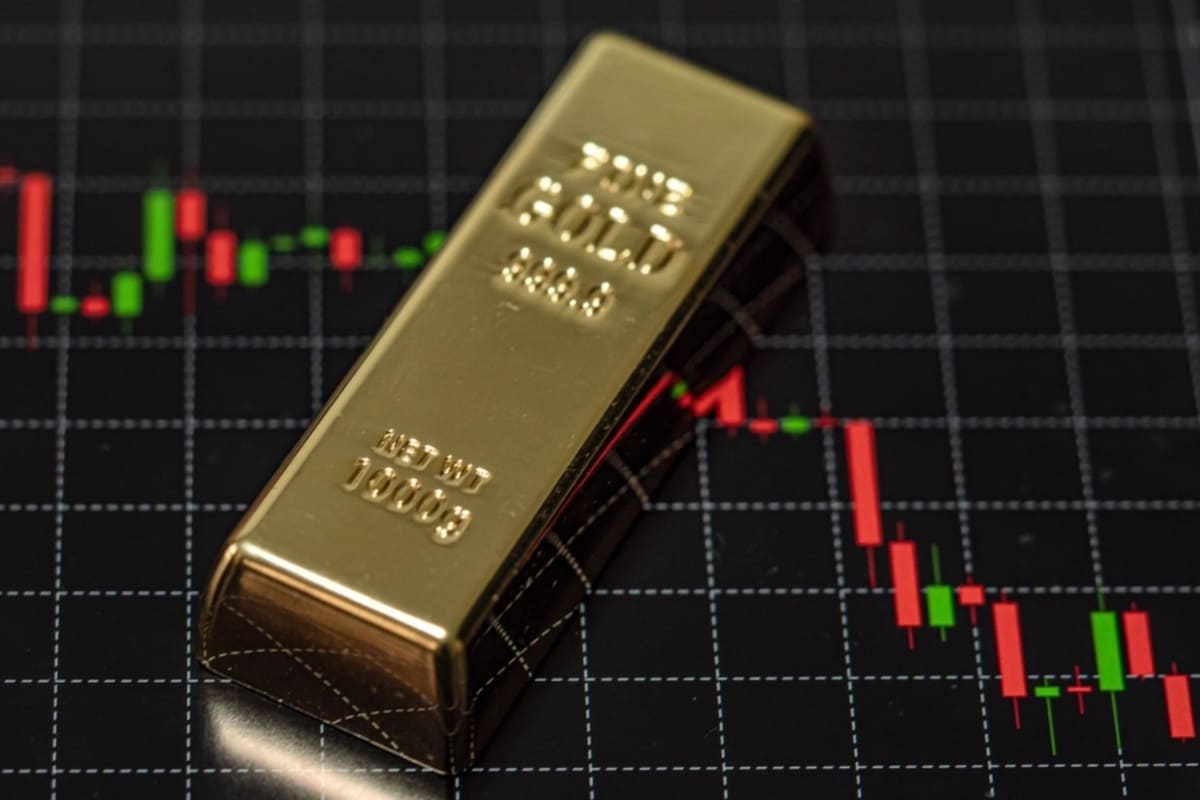
Gold prices rose slightly on Thursday but remained below the $4,100 level, pressured by a stronger U.S. dollar as investors awaited key inflation data later this week for further guidance on the Federal Reserve’s interest rate outlook.
In Dubai, gold rates marked a notable increase, with 24-carat gold gaining AED2.25 to AED496.5, and 22-carat gold rising AED2.25 to AED459.75. Additionally, 21-carat gold was up AED2 to AED440.75 and 18-carat gold gained AED1.5 to AED377.75.
Globally, spot gold rose 0.95 percent to $4,088.58 per ounce as of 4:37 GMT, while U.S. gold futures for December delivery rose 0.77 percent to $4,094.60 per ounce.
The U.S. dollar index rose 0.17 percent to 99.06, making bullion more expensive for other currency holders.
U.S. inflation data in focus as Fed meeting nears
“The risk of correction in gold and silver has been steadily rising in recent days, though exceptionally strong pre-Diwali demand helped support prices. However, a very technical extended rally combined with renewed “risk-on” tone across stock markets, a firmer dollar and not least the start of Diwali—which typically signals softer physical demand from Asia—have made traders increasingly cautious, more focused on protecting gains than chasing new highs,” said Ole Hansen, head of commodity strategy, Saxo Bank.
Gold prices rose as investors awaited the U.S. Consumer Price Index (CPI) report, postponed due to the government shutdown and now scheduled for release on Friday, which is expected to show that core inflation remained steady at 3.1 percent in September.
Markets have nearly fully priced in a 25-basis-point rate cut at next week’s Federal Reserve meeting. Gold prices typically benefit from lower interest rates, as they diminish the opportunity cost of holding the non-yielding metal.
“Gold and silver bounced during the Asian session after briefly extending Tuesday’s selloff, the steepest in years. The forceful correction shows how one-sided the focus had become, leading to a natural reset after a powerful nine-week rally that saw gold gain 31 percent and silver 45 percent,” added Hansen.
He explained that beyond the firmer dollar, the main catalyst was softer Indian demand in the aftermath of Diwali. Silver, meanwhile, rebounded from the $47.80 area of support, with gold buyers emerging just above $4000. “Both metals needed a correction to prevent the rally from morphing into a bubble that might later burst even more violently,” he added.
Trump to reach trade deal with Chinese President next week
U.S. President Donald Trump said on Wednesday he anticipated reaching a trade deal with Chinese President Xi Jinping and planned to address China’s imports of Russian oil during their meeting in South Korea next week.
At the same time, the Trump administration is weighing new measures to restrict a wide range of technology-related exports to China, including items such as laptops and jet engines, in response to Beijing’s latest rare earth export curbs.
Trump also introduced his first set of Ukraine-related sanctions on Russia in his second term, targeting major oil producers Lukoil and Rosneft.
Gold prices have surged roughly 56 percent so far this year, hitting a record high of $4,381.21 on Monday, driven by geopolitical tensions, economic uncertainty, expectations of interest rate cuts and continued central bank purchases.
“We maintain a bullish outlook for gold and silver into 2026, and following a much-needed correction/consolidation, traders will likely pause for thought before concluding the developments that drove the historic rallies this year has not gone away, and will likely continue to offer support to metals that are no longer overbought but remains underowned in portfolios. In the short term, the Trump-Xi and Trump-Putin meetings – if they are carried out – are key risk events that may help determine the duration of the current setback,” concluded Hansen.




